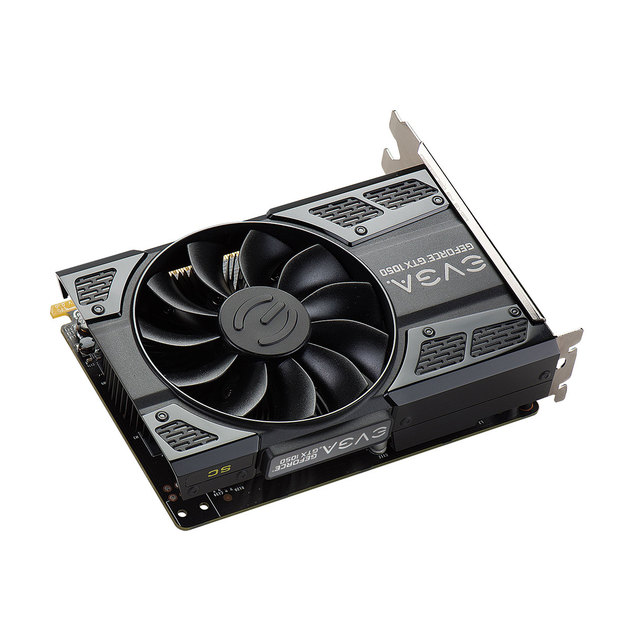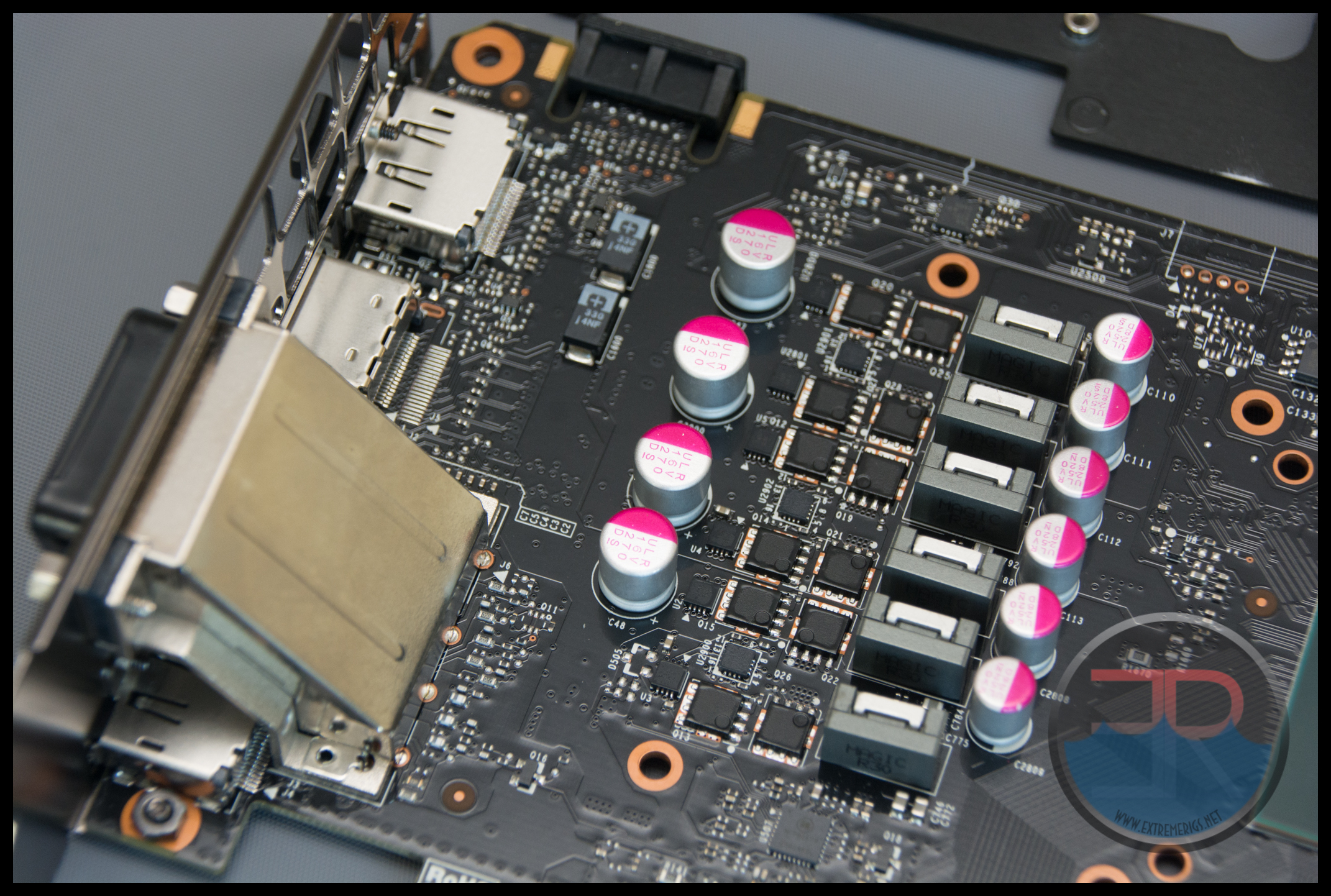

An unusually high proportion of early 5800X3D samples appear unable to boost above base clock, upcoming BIOS updates may fix this. This results in relatively low latency at 128MB because those transfers have a higher chance of remaining in cache. We've been sent an EVGA GTX 1050 Ti card to play with, so let's take a look.The 5800X3D has the same core architecture / IPC as the 5800X but it runs at lower clock speeds and has an extra 64MB of cache (96MB up from 32MB). There will be no Founders Edition cards for either entry-level GPU, but Nvidia's partners are introducing a bevy of GTX 1050 Tis today, with standard GTX 1050s launching November 8. Read into that what you will, but in the meantime real-world performance numbers will speak louder than words. We have always used a second source for some of our supply and have worked with Samsung since 28nm." When asked for an official statement, Nvidia had this to say: "TSMC is the best foundry and our primary supplier. There's been plenty of speculation as to why Nvidia has made the switch from TSMC's tried-and-trusted 16nm process to Samsung's 14nm, with some suggesting that GPUs built without TSMC's expertise may not scale as well in terms of maximum frequency. See it? Yep, this is the first 10-series Pascal GPU built on a 14nm fabrication process. Nvidia is filling the void while hoping to shift the limelight away from the rival Radeon RX 460, but there's something else in the GP107 specification that raises an eyebrow. Going purely by gigaflops confirms that GTX 1050 Ti will sit a fair distance behind GTX 1060 while sailing past GTX 950. Laying out the numbers in a comparison table reveals some truths. There's nothing ground-breaking in terms of specification, but Nvidia has taken a logical approach by attempting to squeeze as much performance as possible into a 75W thermal envelope, this in turn means that both GTX 1050 GPUs are entirely bus powered and require no external power connector. Memory, too, is chopped in half to 2GB, though to compensate base and boost clocks are raised a smidgen to 1,354MHz and 1,455MHz as standard. Pascal's architectural improvements give the GTX 1050 Ti the upper hand, and there's also double the memory - 4GB, up from 2GB - while base and boost clocks ship at 1,290MHz and 1,392MHz, respectively.įurther down the ladder, the standard GTX 1050 (non-Ti) loses a further SM unit, reducing shader count to 640 and texture units to 40.

If those core numbers sound familiar, it's because they're an exact match for the outgoing GTX 950. That's three fewer than the next GPU in the 10-series stack - GTX 1060 3GB - and it leaves the GTX 1050 Ti with 768 shaders, 48 texture units and 32 ROPs. It's a classic case of shaving away the excess in order to meet a targeted usage scenario, and after a cut here and a snip there, Nvidia has landed on six SM units as the optimal configuration.
Evga 1050 sc opencl benchmark full#
In order to make it happen, Nvidia's new GP107 GPU, pictured above in its full GTX 1050 Ti implementation, funnels the goodness of the Pascal architecture into a trim 135mm² die featuring 3.3 billion transistors.
Evga 1050 sc opencl benchmark 1080p#
The last piece in the Pascal puzzle is an entry-level card to tempt the masses, and it just so happens Nvidia has not one offering, but two, in the form of the GeForce GTX 1050 and GTX 1050 Ti.ĭesigned specifically for low-cost 1080p gaming, these baby Pascal cards are, in Nvidia's own words, "the perfect solution for gamers who wish to upgrade from older GPUs or the integrated graphics that are built-in to their CPU." GTX 10 Ti are the natural successors to the GTX 950 and GTX 750 from yesteryear, and with prices starting at $109 (£115) and $139 (£139), respectively, the duo serve as viable entry points into the world of PC gaming. The firm's latest technology made its consumer debut as part of the formidable GeForce GTX 1080 way back in May and has since filtered through to the GTX 1070 and GTX 1060, as well as the all-singing, all-dancing Titan X.Įach Pascal GPU has hit most of the right notes, and though AMD's competing Radeons continue to serve as a viable alternative, the GeForce 10-series line-up has become the favoured high-end solution. At some point in the future, Nvidia will reminisce over past architecture generations and recall 2016's Pascal with fond memories.


 0 kommentar(er)
0 kommentar(er)
